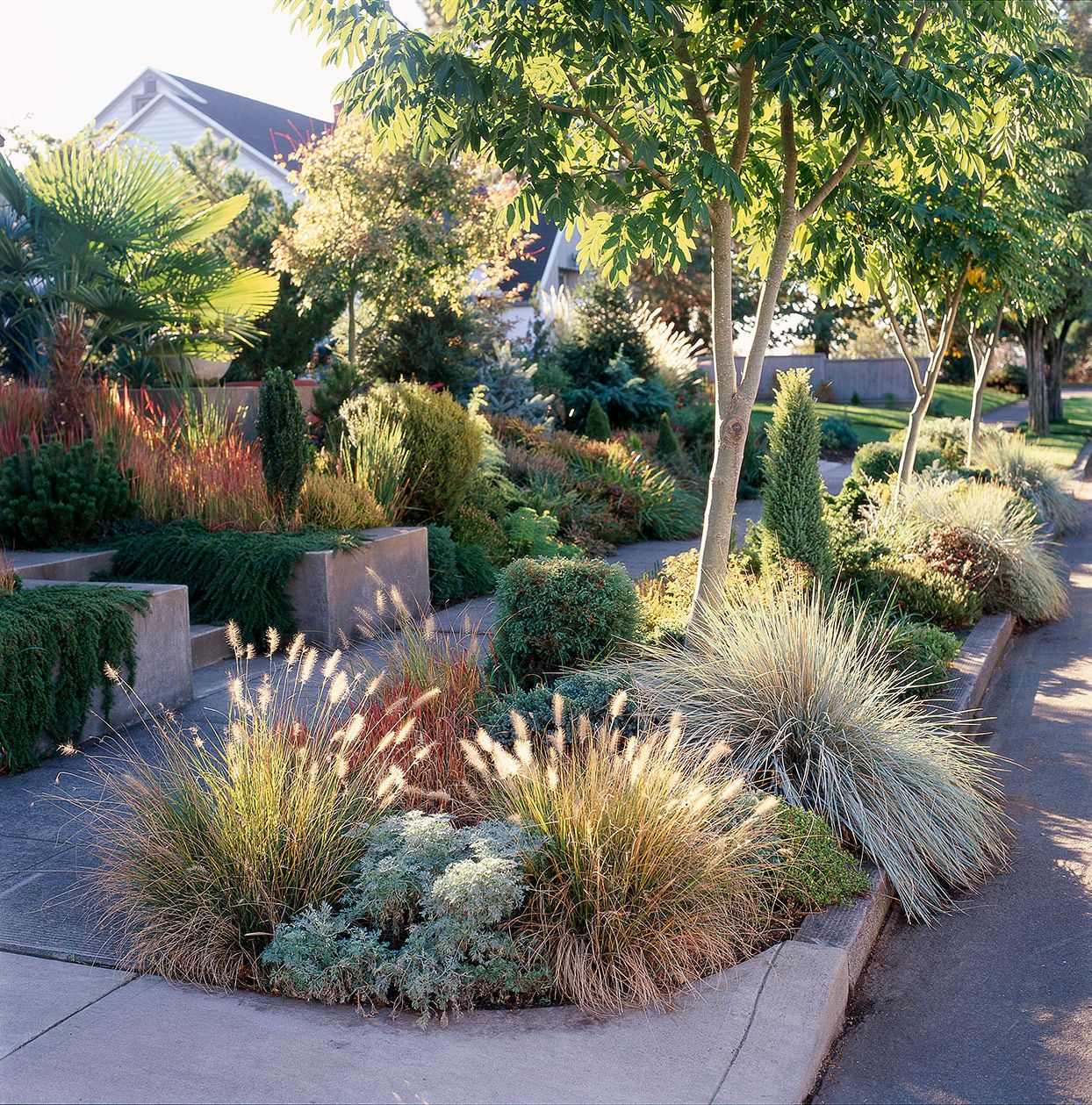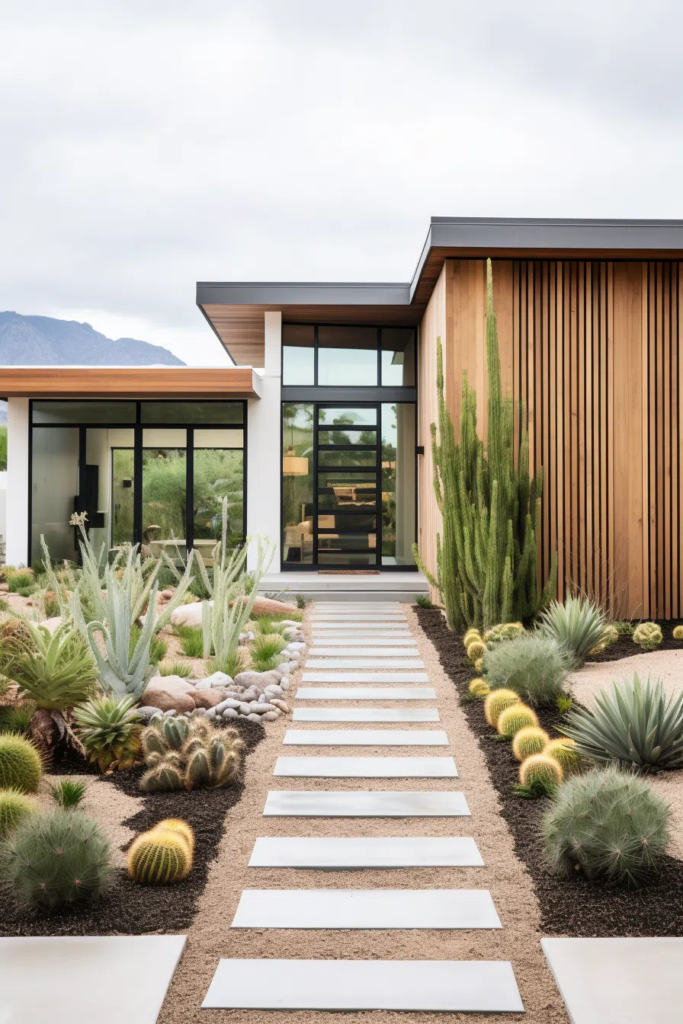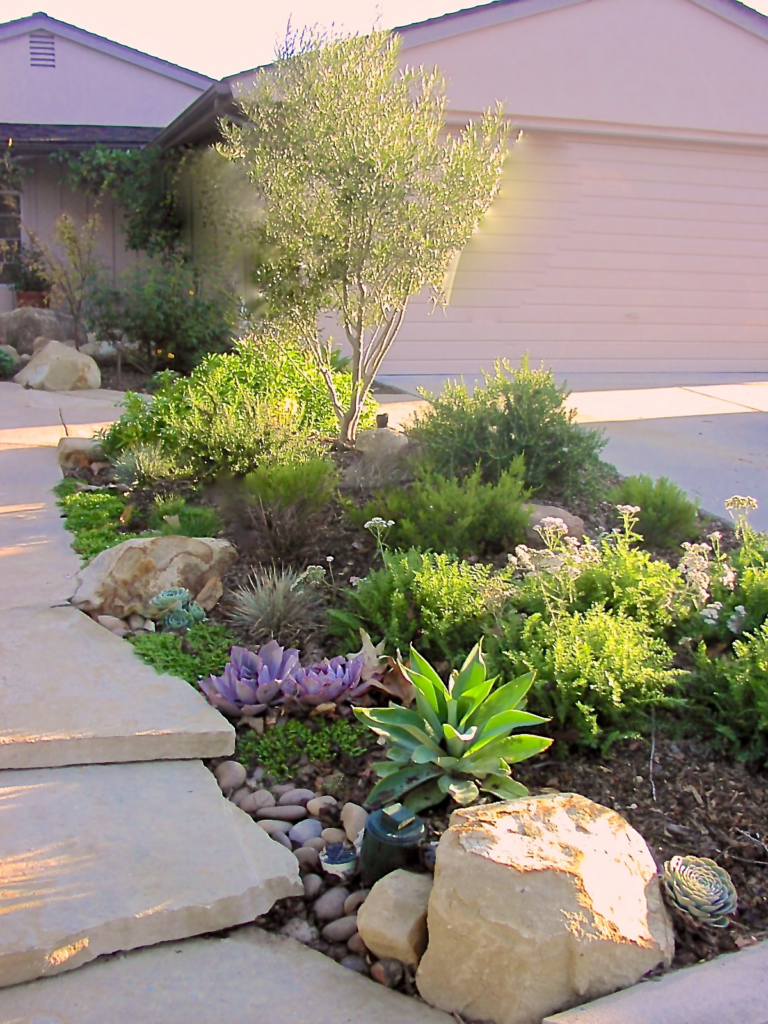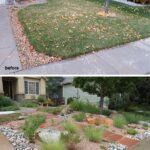Xeriscaping is a method of landscaping that focuses on creating a low-maintenance, water-efficient outdoor space. By using native plants, mulch, and thoughtful design, homeowners can create a beautiful front yard that requires minimal water and upkeep. Xeriscaping is particularly popular in areas with limited water resources or in regions prone to drought.
One of the key components of xeriscaping is choosing the right plants for your front yard. Native plants are well-suited to the local climate and soil conditions, making them more likely to thrive with minimal water. Drought-tolerant plants, such as succulents, cacti, and ornamental grasses, are also great choices for xeriscape front yards. These plants require less water and maintenance than traditional lawn grasses, making them ideal for homeowners looking to conserve water and reduce their carbon footprint.
In addition to selecting the right plants, mulch is another important element of xeriscaping. Mulch helps retain moisture in the soil, reducing the need for frequent watering. It also helps suppress weeds and regulate soil temperature, creating a more hospitable environment for plants. Organic mulches, such as wood chips or shredded bark, are popular choices for xeriscape front yards as they break down over time, adding nutrients to the soil.
When designing a xeriscape front yard, it’s important to consider the layout and arrangement of plants. Grouping plants with similar water and sunlight requirements together can help create a more cohesive and visually appealing landscape. Strategic placement of trees and shrubs can also provide shade and help reduce water evaporation, further conserving water. Incorporating hardscaping elements, such as pathways, rock gardens, and decorative stones, can add texture and visual interest to the front yard while reducing the need for water-intensive grass.
Maintaining a xeriscape front yard is relatively easy compared to traditional landscaping practices. Most drought-tolerant plants require minimal water once established and can withstand periods of drought without wilting or dying. Regularly checking irrigation systems for leaks and adjusting watering schedules based on seasonal weather patterns can help ensure that plants receive the right amount of water. Weeding, pruning, and mulching are also important maintenance tasks to keep a xeriscape front yard looking its best.
Overall, xeriscaping a front yard offers numerous benefits, including water conservation, reduced maintenance, and increased curb appeal. By incorporating native plants, mulch, and thoughtful design, homeowners can create a beautiful outdoor space that is both environmentally friendly and sustainable. With the right plants and design elements, a xeriscape front yard can provide years of enjoyment with minimal water and effort.

















